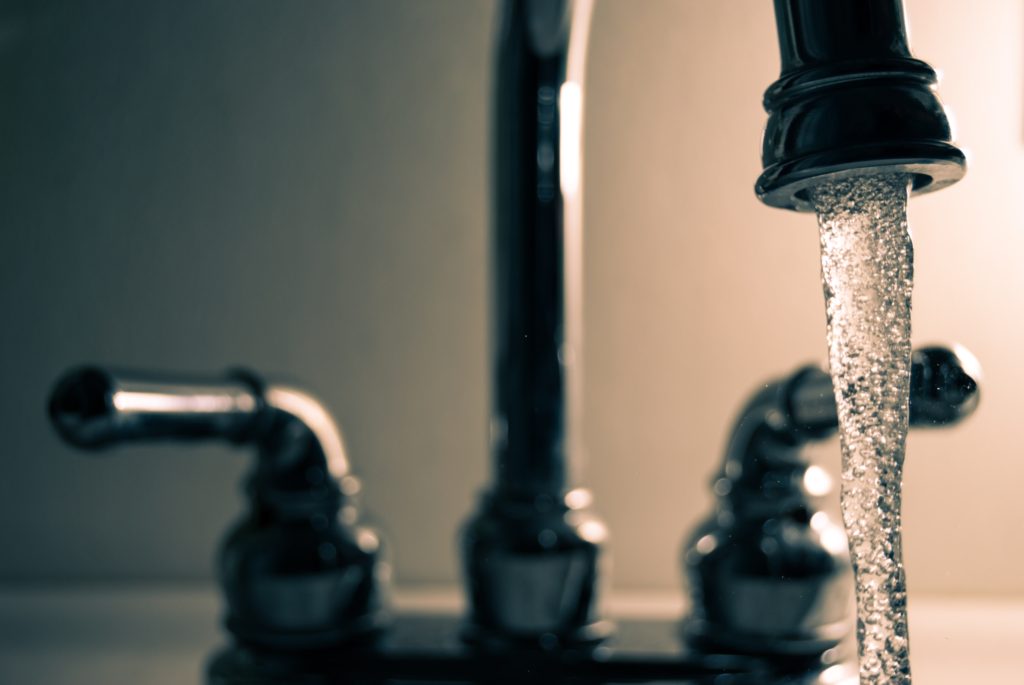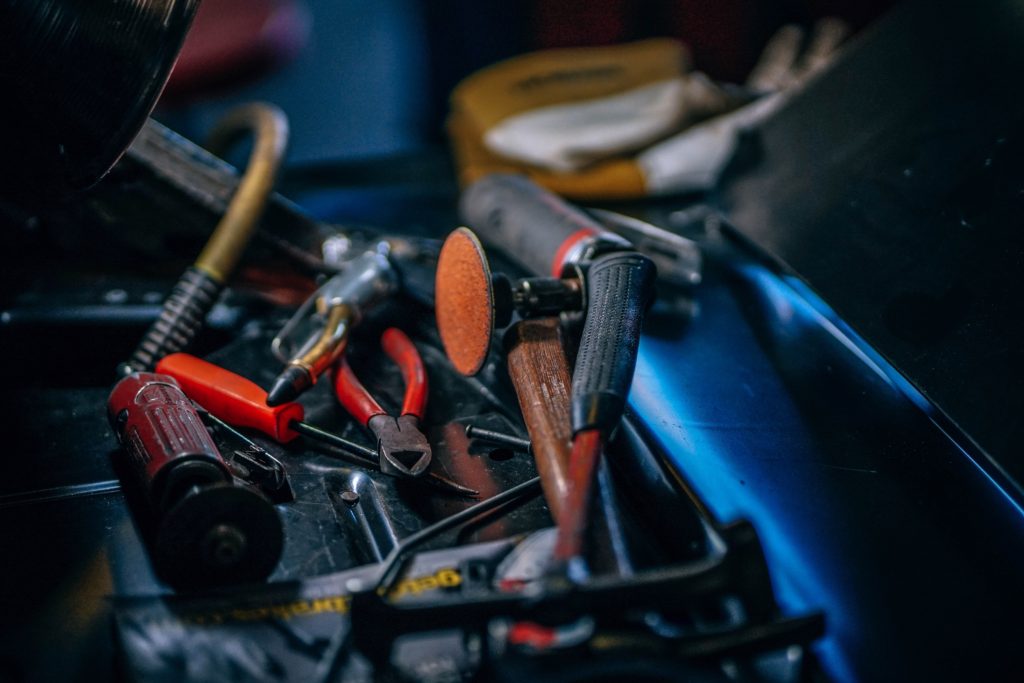Thinking about installing new water lines? Start here! We’ll educate you on the important stuff to help you decide if DIY plumbing is the way to go!

How to Check Existing Water Lines
While your pipes mostly lie behind walls and fixed materials, there are ways to deduce the likely condition your water lines are in without breaking down walls or waiting for a leak. Here’s what you can do if you think you need to tackle installing new water lines.
Checking your Existing Water Lines
First, assess what type of material your pipes are made out of and then compare that with their age and what a life expectancy of that type would usually be. For example, copper pipes can last over 50 years, brass in the 40s, galvanized steel can last anywhere from 20 to 50 years and PVC piping can last indefinitely. The life of your water system greatly relies on the chemical levels in your water supply which can cause corrosion based on the acidity. If your water tests well, never fear! Your pipes will last a lot longer. Also consider all the fittings and joints that are installed with your pipes. If any of those become faulty, you may be prone to clogs and leaks.
Low water pressure, rattling or gurgling sounds, warped flooring, rust, wet areas around sinks and dampness or mold in enclosed areas where your piping runs can all indicate problems with your water lines. If it’s the water pressure, a simple fix could be unclogging a slow running drain with a plumbing snake. Leaks can require demolition and more complicated repairs.

Repairing Existing Water Lines
Different types of pipes can be connected to each other, but it’s not foolproof! Copper pipes can be joined to PVC pipes by gluing an adapter piece to the PVC and then screwing it to a copper adapter piece. Always make sure you have the correct male or female adapter and the correct size for each pipe you’re connecting before putting it together. Because metals can interact with each other, if you’re joining copper with steel, a dielectric union made of brass with a rubber washer separating the two metals should be used to prevent corrosion. Whatever the materials you are connecting, always be aware of how different materials react with each other and plan your connections accordingly.

Installing New Water Lines in Your Home
When you know it’s time for installing new water lines in your home, you might consider doing it yourself, but do your research first! Understanding the types of pipes, skills and tools you will need and other tips could make the difference in getting the job done. Most homeowners call a plumbing specialist for this type of work but if you’re able and determined, you can make this project your own!

Pipes and Fittings: Pros and Cons
There are a few options when it comes to pipes. PEX pipe is a highly flexible type of plastic that is easily cut, inexpensive and able to be joined with copper piping. While all of these features make it ideal for DIY, PEX pipe is not recyclable, requires specialized tools and it is so new that it’s hard to say how long it will last. PVC pipe is another lighter type of flexible pipe that’s more fragile and inexpensive. When installing new water lines with PVC pipe, the joints have to be put together with glue which makes it prone to leaking and in order to take it back out it needs to be cut.
While rigid and flexible copper pipes are more expensive and harder to install on your own (they need to be soldered together), copper handles heat and pressure very well. It also keeps its value and can be recycled once it’s time for another new install. However, there are lead and copper safety rules to be aware of if you choose metal piping.
Galvanized steel pipes used to be used often for installing new water lines in homes back in the day. While extremely strong, it is hard to cut and can eventually corrode to the point of blocking water flow or even at times allow lead into the water supply. It can be replaced when installing new water lines with ABS or PVC types of plastic pipe.

Completely Installing New Water Lines
When installing new water lines throughout your house, first check the building codes in your town to be sure you use correct sizes and materials.
- The first thing to do is run a copper pipe by the water heater and branch it off towards each area it will need to go. You will need a pipe cutter made for whichever type of pipe you are using to cut each length to their fittings.
- Before permanently installing new water lines, dry-fit the pipes to make sure the length is right and then apply glue or solder it to fix it. Before soldering, always “sweat the joints” to ensure the pipes and joints are clean and ready to be sealed correctly. Now you can apply heat with a torch and join the pieces.

Call the Professionals & Get it Done Right
In most cases, installing new water lines is a job that is best left to the pros. If you’re on the fence about it, or you know for sure that you need a plumber’s help, call a local plumbing company. Not only will they have the experience needed to avoid mistakes, but they have the tools and the time! With the benefits of warranties and expertise, hiring a plumber is better than trying to do this yourself.
We’re the Plumbing Experts in Missoula Montana
Call Garden City Plumbing and let us replace, repair, or install new water lines in your home or business. Our plumbing technicians will bring the tools, provide the parts, and fit everything together seamlessly. If you live in Missoula Montana, count on Garden City Plumbing & Heating!
